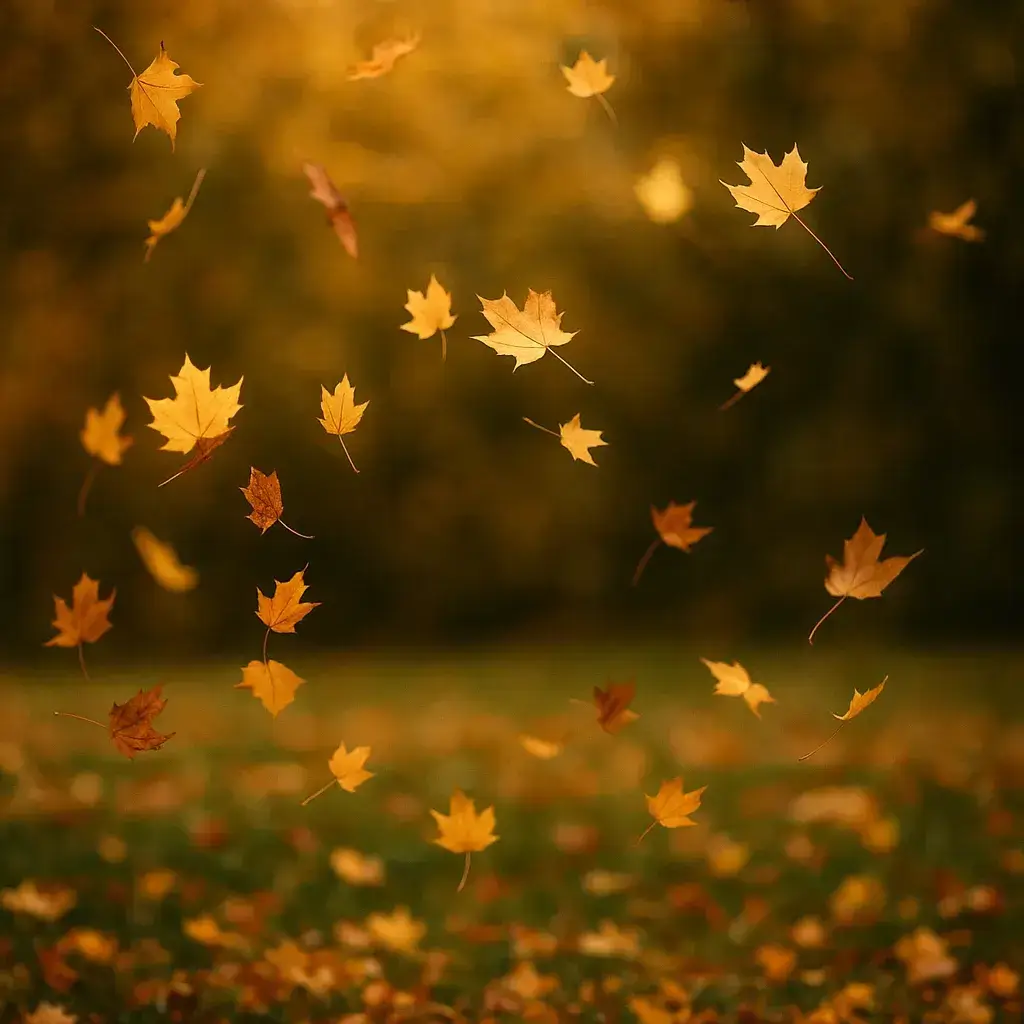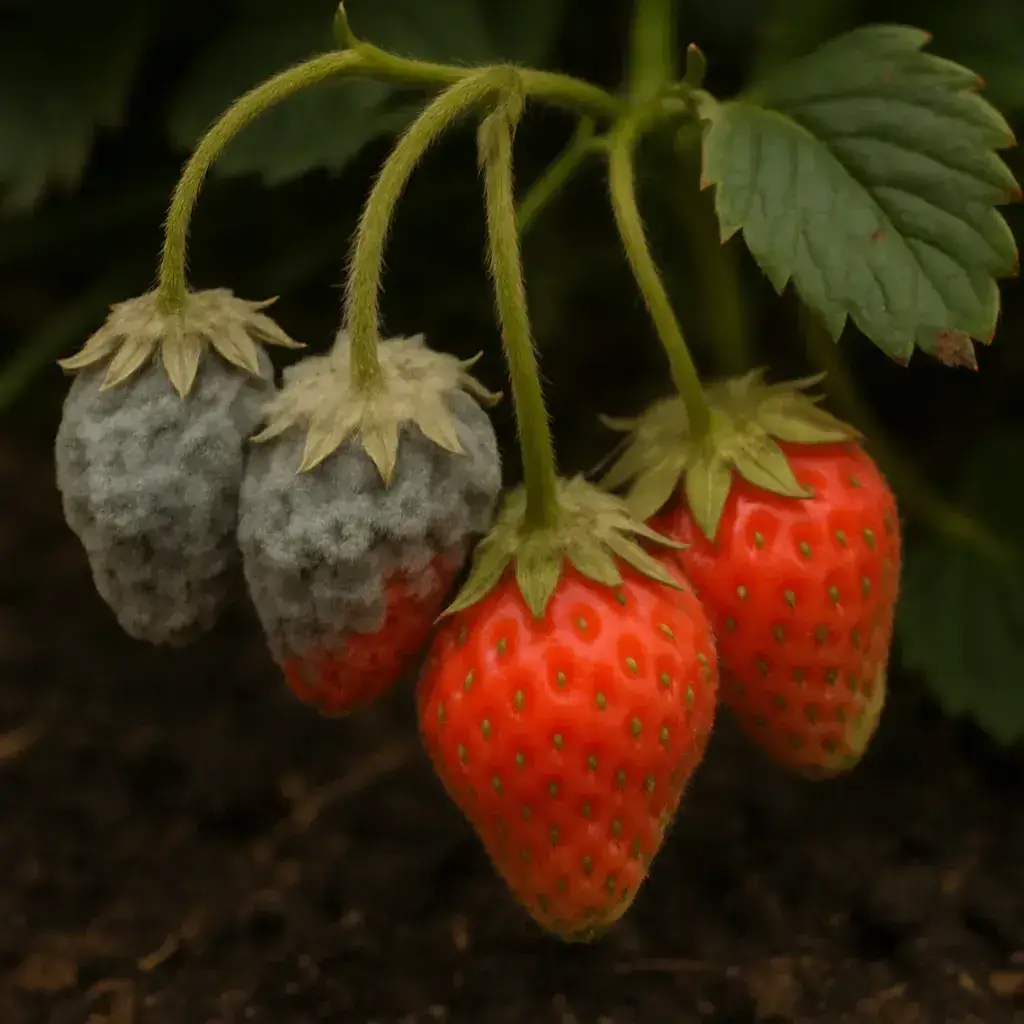Academy
Principles of the Daoist Healing Arts
Most healing approaches focus on either the mind or the body—therapy for your thoughts, medicine for your symptoms. But that split is artificial. You can’t separate what’s happening in your head from what’s happening in your body. They’re wired together.
Daoist healing arts have understood this for thousands of years. They don’t see health as a checklist of symptoms to fix, but as a dynamic balance—between your mind and body, your energy and emotions, your inner world and the world around you. Healing isn’t about forcing change. It’s about working with yourself, tapping into natural rhythms, and restoring flow where things have gotten stuck.
If your body is a river, trauma is a dam—it blocks, redirects, and distorts the current. Daoist healing is about learning to clear those blockages, allowing things to move freely again.
Health Is About Balance, Not Perfection
Modern culture treats health like a fight—battle your anxiety, crush your symptoms, master your body. But from a Daoist perspective, health isn’t a war. It’s a conversation. Your body isn’t something to dominate or control—it’s something to listen to.
You don’t need to be in a perfect state of harmony all the time (because that’s impossible). The goal is resilience—the ability to shift with life’s ups and downs rather than getting stuck in dysfunction.
That’s why Daoist healing focuses on principles rather than rigid formulas. Your energy, mood, and needs change daily. Learning to sense those changes—and adjust accordingly—is the key to sustainable health.
The Body Is More Than Flesh and Blood
Western medicine treats the body like a machine: parts break, parts get replaced, end of story. Daoism sees it differently. Your body isn’t just tissue—it’s energy, constantly moving, shifting, and interacting with your thoughts, emotions, and environment.
This energy—what Daoism calls Qi—flows through pathways (meridians) that connect every part of you. When Qi moves smoothly, you feel clear, energized, and adaptable. When it stagnates, you feel sluggish, tense, or emotionally blocked.
Trauma—especially childhood trauma—throws this system off. It locks your body in a state of vigilance, tension, or depletion. Healing isn’t just about talking through the past; it’s about releasing the energetic imprints of those experiences and restoring movement where things have gotten stuck.
The Power of Natural Rhythms
Everything in nature moves in cycles—the seasons, the tides, the phases of the moon. Your body is no different. There’s a rhythm to your energy throughout the day, the seasons, and even the stages of your life.
Daoist healing works with these natural rhythms, not against them. If you’ve ever felt like modern life forces you into a pace that doesn’t fit—pushing when you need rest, speeding up when you need slowness—that’s because it does.
Regulating your body’s rhythms—whether it’s through breath, movement, diet, or lifestyle—restores balance on a deep level. Instead of burning yourself out trying to “fix” everything at once, Daoist healing teaches you to move in sync with yourself, step by step.
Daoist Healing Arts Aren’t One-Size-Fits-All
No single technique works for everyone. That’s why Daoist healing offers an entire system of approaches that can be tailored to your needs.
Daoist internal healing arts are built around Four Disciplines:
- Contemplative Studies – Meditation, journaling, self-inquiry—practices that help you build inner awareness, regulate emotions, and shift your state of mind.
- Exercise & Movement – Qi Gong, Tai Chi, and other movement-based practices that get your energy flowing, release stagnation, and reconnect you to your body.
- Diet & Nutrition – Not just what you eat, but how and when you eat, based on natural cycles, seasonal rhythms, and the energetic properties of food.
- Time & Cycles – Understanding how daily, seasonal, and life-stage rhythms impact your health—and learning how to align yourself with them rather than fighting against them.
These disciplines works together, giving you different ways to restore balance. Some start with meditation, others with movement, others with lifestyle changes. There’s no “right” way—only what works for you.
Where to Go from Here
Healing is personal. Your path won’t look like anyone else’s. But if this approach speaks to you, here’s where to start:
- Healing Arts Foundations – Get an introduction to Daoist healing principles and how they differ from Western approaches.
- Assessing Health & Imbalance – Learn how to recognize patterns of imbalance and where your own healing journey might begin.
- Four Disciplines Theory – Explore the core healing disciplines—Contemplative Studies, Movement, Nutrition, and Cyclical Living—and how they work together.
Daoist healing isn’t about forcing yourself into some ideal version of health. It’s about learning to work with yourself—your body, your mind, your energy—so that healing stops being a battle and starts becoming a process of coming home to yourself.
See some recent content below to get started.





